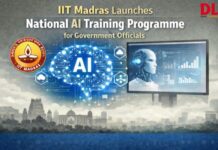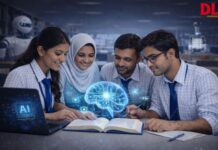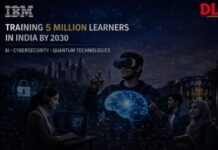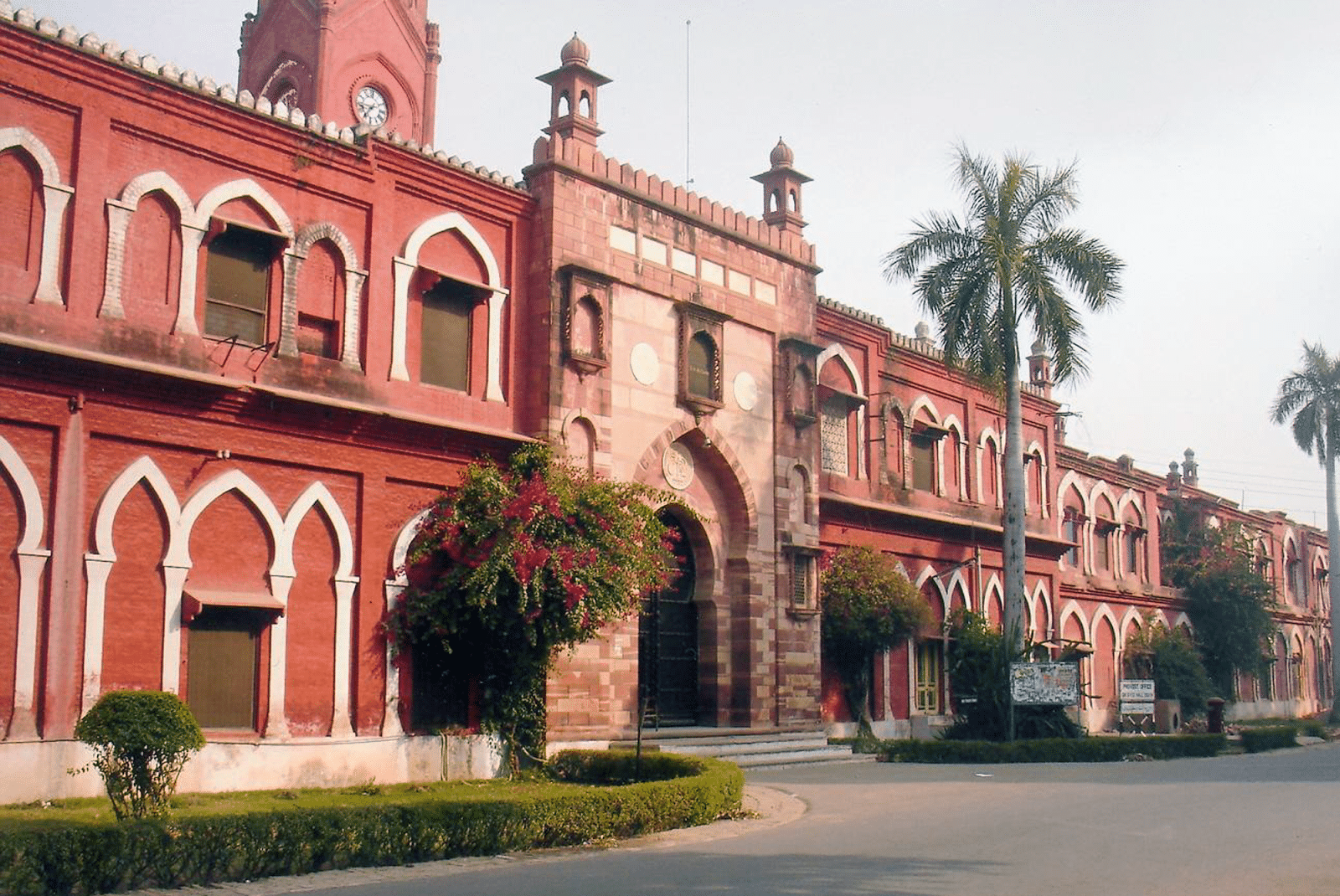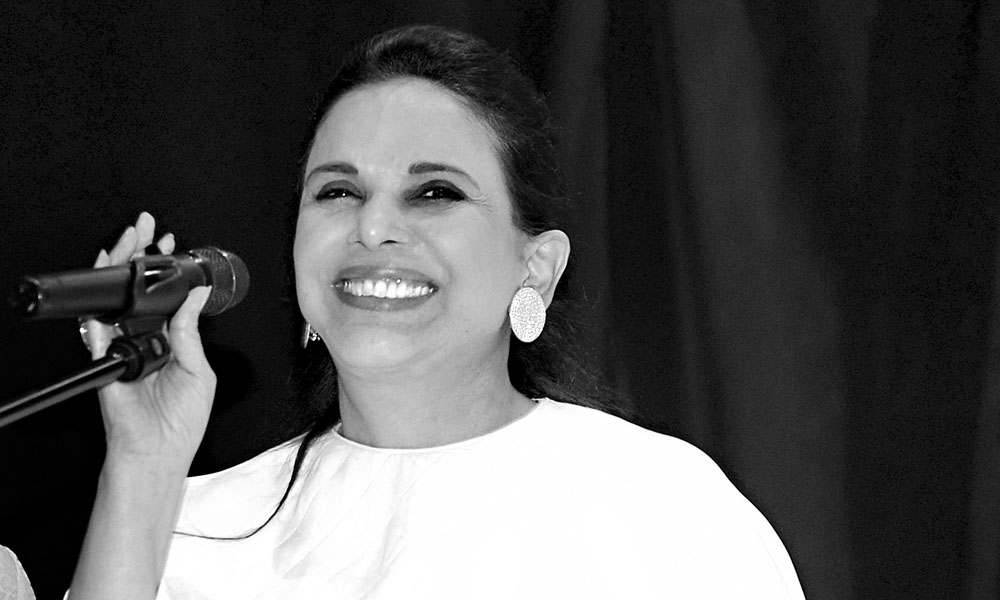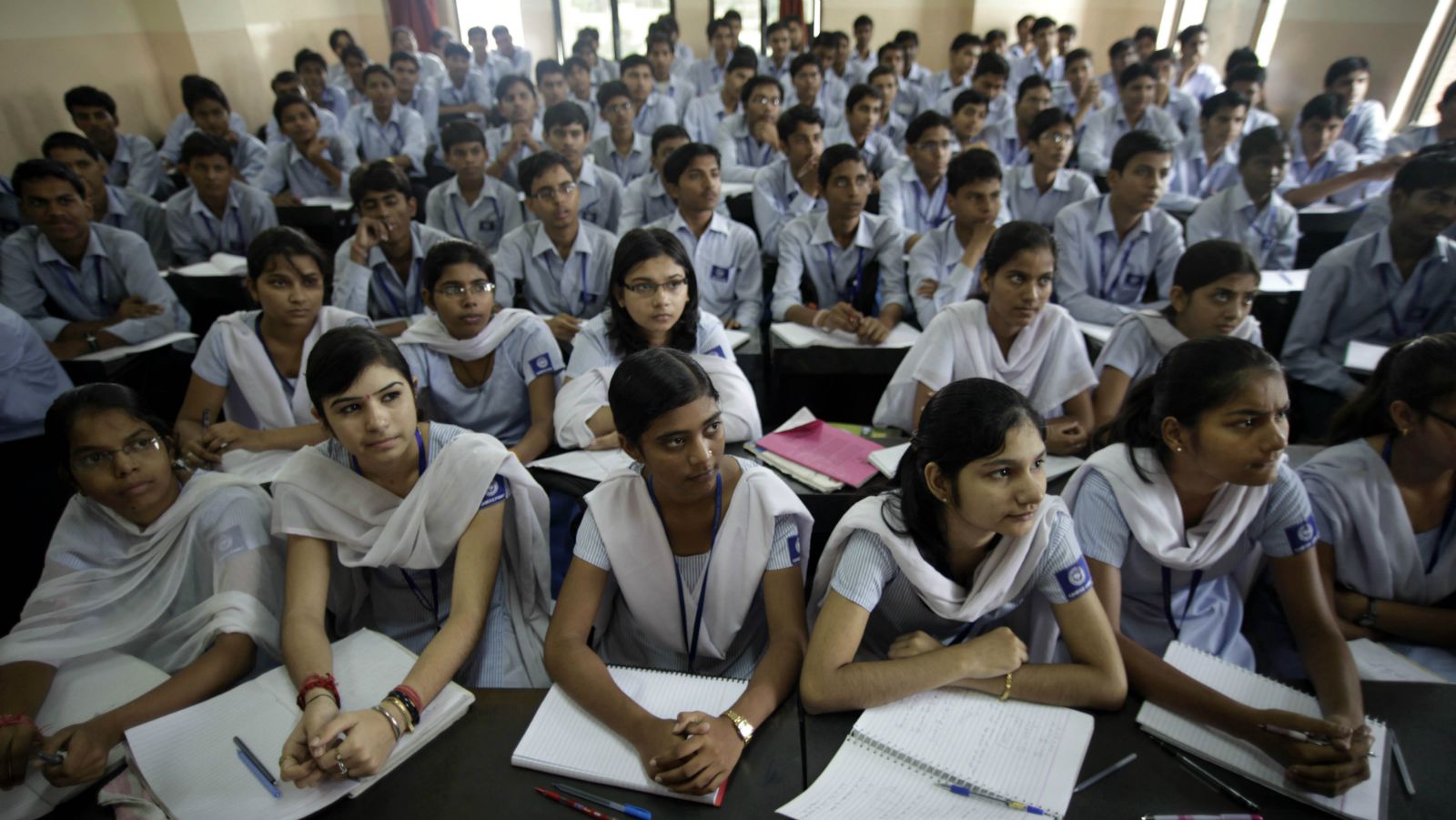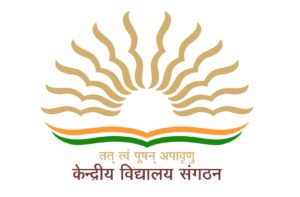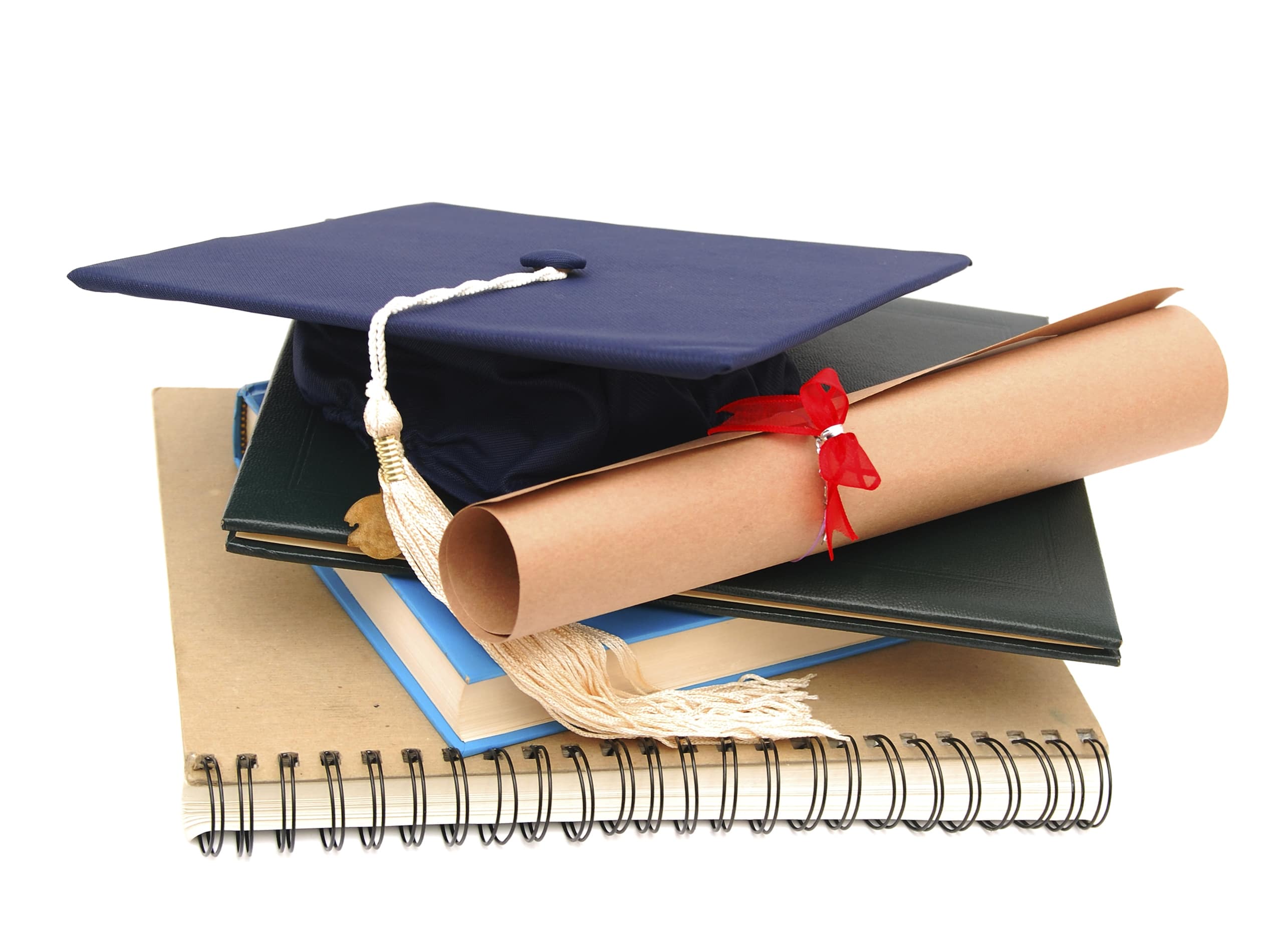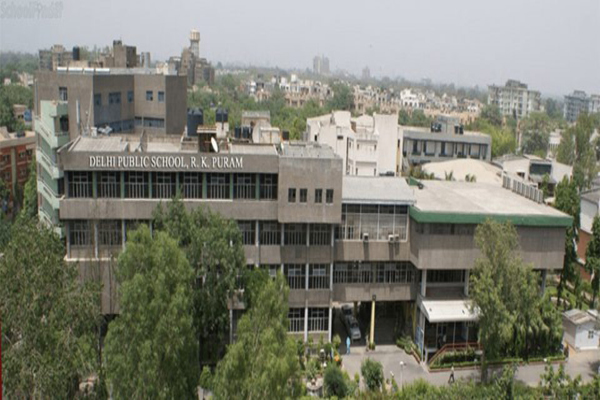Global Schools – an initiative of the Singapore-based Global Schools Foundation (GSF) – is known for offering skill-based and learner-centric curricula.The GSF provides holistic learning and personality development opportunities for all its students, writes Elets News Network (ENN).
GSF is an international network of award-winning schools with 20 campuses in Singapore, the UAE, Malaysia, Japan, India, Thailand and Vietnam.
The chain of schools endeavours to amalgamate diverse cultures, perspectives and facilitate knowledge sharing to foster a holistic learning experience across geographies has been consistent since inception. Students are encouraged to consider their responsibilities towards their community and the world around to them, by creating conceptual and practical connections.
Holding strong academic credentials and vast teaching experience, GIIS’ faculty forms the backbone of the school’s vision ‘To Become a Global Role Model for Teaching and Learning.’
GIIS’ students, over the years, have secured exemplary achievements in academic and non-academic spheres. GIIS encourages the use of technology in the classroom and to maintain open communication, making learning a fascinating experience at GIIS. Both international and Indian curricula are offered at GIIS and include IB Diploma, Cambridge International General Certificate of Secondary Education, Central Board of Secondery Education (CBSE), CBSEi and Global Montessori Plus programme for early years. Basis the geography the school is operating in and as per local preference the core curriculum is decided. Around it is woven our curriculum delivery system which is demonstrated through our Nine Gems™ learning framework which equips the students with with skills and competences – such as problem solving; critical, analytical and creative thinking; and teamwork – relevant to the dynamic 21st century work environment.
By implementing the United States Excellence Standards “Malcolm Baldrige” to effect continuous improvements in the standards of their schools, we benchmark our education excellence against the best schools in the world.
Our schools have delivered exceptional academic results. The schools have produced 6 IB DP world toppers and a large number of near-perfect scorers. In 2016, a student topped ASEAN & Middle East region by scoring 98.2% in Grade 12 exams of CBSE. In the same examination, 48% of our students scored 90% and above and our school average was 85.7%.
UNIVERSITY PLACEMENTS
Students have secured placements worldwide in top universities like Cornell University, Carnegie Mellon University, University of California – Berkeley, Imperial College – London, University of Edinburgh, King’s College – London, Nanyang Technological University and National University of Singapore among others.
Being registered with UCAS (for UK colleges) and with the College Board USA, the Counselling Department shares an excellent rapport with many prestigious universities. Regular updates and latest information on university application and admission process are provided to students and parents.
BOARD OF GOVERNORS
Chandrakant Borde, President and Co-Founder
Chandrakant Borde is among the stalwarts of 20th century Indian Test cricket. An all-rounder, Borde had a promising cricketing career in the Indian team from 1958 to 1970, post which he became the Chairman of the National Selection Committee. Borde has been honoured with India’s highest civilian awards – Padma Shri in 1969, Arjuna Award in 1966, as well as Padma Bhushan – one of India’s highest civilian awards – in 2002.
Atul Temurnikar, Chairman and Co-Founder
Atul Temurnikar heads the management of the Foundation and its initiatives as Chairman (Administrative Board), and oversees its various campuses worldwide. Temurnikar continues as Director of several IT companies in Singapore and India, and has served IBM Singapore as Country Manager.
Tan Sri Dato Mohd Hussin bin Abdul Hamid, Vice President
Tan Sri has a vast banking experience, having served as an Executive at Standard Chartered Bank for over 30 years before moving on to become the Chairman of MIMB Investment Bank Berhad, Chairman of EONCAP Islamic Banking Berhad.
Former Ambassador Aftab Seth, Vice President
Retd. IFS-Ex-Ambassador to Greece, Vietnam and Japan Chairman of the International Advisory Committee, Keio University; Chairman, Japan-India Partnership Forum.
Kamal Gupta, Chief Operating Officer & Regional Director MENA
Kamal Gupta is a business leader with significant experience in general, financial and commercial management with major FMCG multinationals, including Gillette Company USA, Proctor & Gamble, and Fonterra NZ amongst others.
Kaustubh Bodhankar, Deputy Chief Executive Officer
He brings with him more than ten years of management experience in manufacturing and services sector. He holds a degree in Mechanical Engineering from the Visvesvaraya National Institute of Technology, Nagpur and a magna-cum-laude Masters in Business Management diploma from the Asian Institute of Management.
BOARD OF PATRONS
Dr Justice C S Dharmadhikari
A former chief justice and an advocate of peace and equality, Dr Justice Chandrashekhar Dharmadhikari believes in Gandhian values and holds the trusteeship of several Mahatma Gandhi foundations. He has been honoured with the Padma Bhushan – one of India’s highest civilian honours – in 2003.
Dr Karan Singh
Dr Karan Singh, at the age of 36, was the youngest person ever to become a Central Cabinet Minister in India. He is the former Chancellor of Jammu and Kashmir University, as well the Benaras Hindu University.
N R Narayana Murthy
N R Narayana Murthy is the Founder and Chairman Emeritus of Infosys Technologies Ltd. He is also the Chairman of the Governing Board of Indian Institute of Management, Ahmedabad.
Dr Hari N Harilela
Dr Harilela was born in India in 1922 and was brought up in Hong Kong. He has received both the Order of British Empire and the Gold Bauhinia Star of the Hong Kong SAR. He was nominated as Member of the Consultative Committee for the Basic Law of the future Hong Kong Special Administrative Region (SAR) in 1985.
Basadeo Pandey
Basdeo Panday was the Prime Minister of Trinidad and Tobago from 1995 to 2001 and has served as Leader of the Opposition from 1976-1977, 1978-1986, 1989-1995 and 2001-2006.
Nine GEMS Holistic Education Model
Global Schools Foundation has developed a unique, proprietary Model for Holistic Development of it Students called Nine Gems Holistic Education Model. The Model looks at the development of children across nine different dimensions and monitors the development of children across multiple areas. Our schools create a series of activities in different areas to address multi-dimensional needs of children.
Gem 1 – Academic Excellence, Collaborative & Project- based Learning
Gem 2 – Sports Excellence, Health & Fitness
Gem 3 – Digital & Visual Arts
Gem 4 – Personality Development, Speech & Drama
Gem 5 – Creativity, Innovation & Problem Solving
Gem 6 – Entrepreneurship and Leadership Development
Gem 7 – Universal Values, Ethics & Discipline
Gem 8 – Community Connection, Care & Conserve
Gem 9 – Life Skills, Career & Vocational Competencies
FUTURE LEADERS THROUGH FUTURISTIC CURRICULUM
Global Indian International School and One World International School adopt a futuristic curriculum to impart 21st century skills, so that students can emerge as confident, competent and contributory global citizens.
RECOGNITIONS AND AWARDS
Since its inception in 2002, the school set its focus on providing quality education to students. Till date, our schools have won over 72 international and national quality awards by globally reputed quality organizations likes of Asia Pacific Quality Organisation (APQO), SPRING Singapore, and Institute of Directors (IOD). These awards are testimony of the initiatives and efforts that Global Schools Foundation has undertaken in the field of education excellence.
CORPORATE SOCIAL RESPONSIBILITY
By being responsible global citizens, students are aware of the societal issues and contribute innovatively to address some of the challenges faced by the society. CSR initiatives thus became extremely important in the school’s endeavor to give back to the society. Philanthropic initiatives, like Flag Day, Blood Donation Drive and Hair for Hope, among many others, contribute to create.


